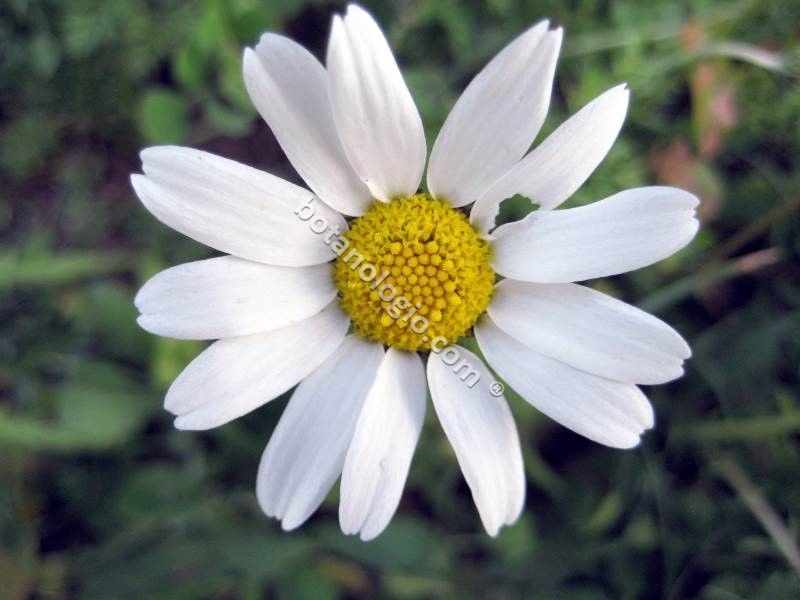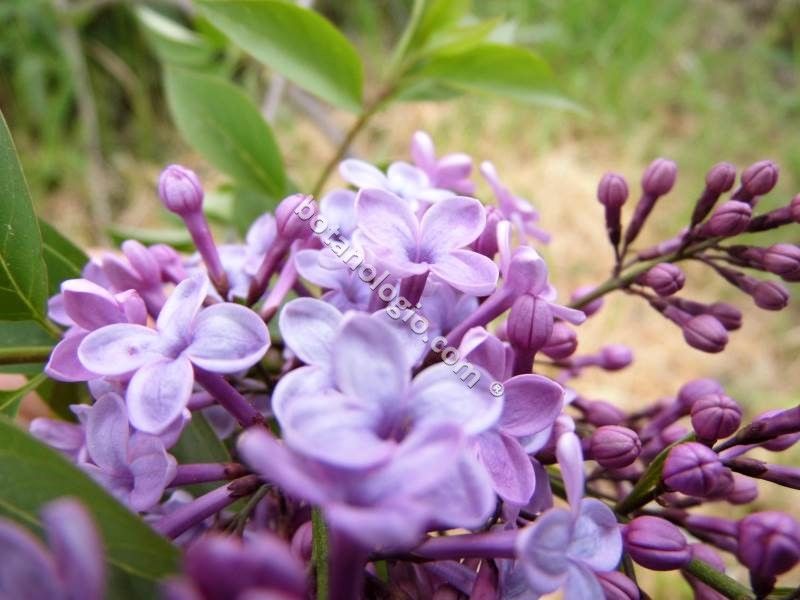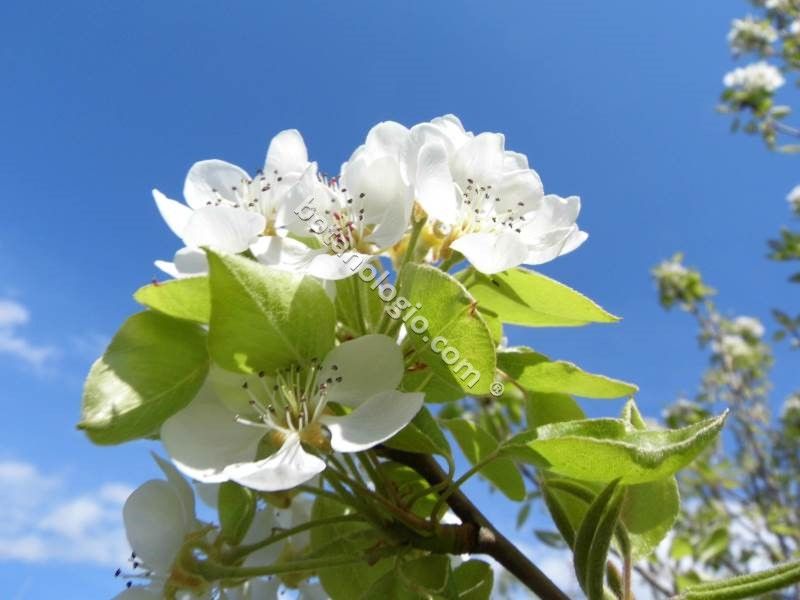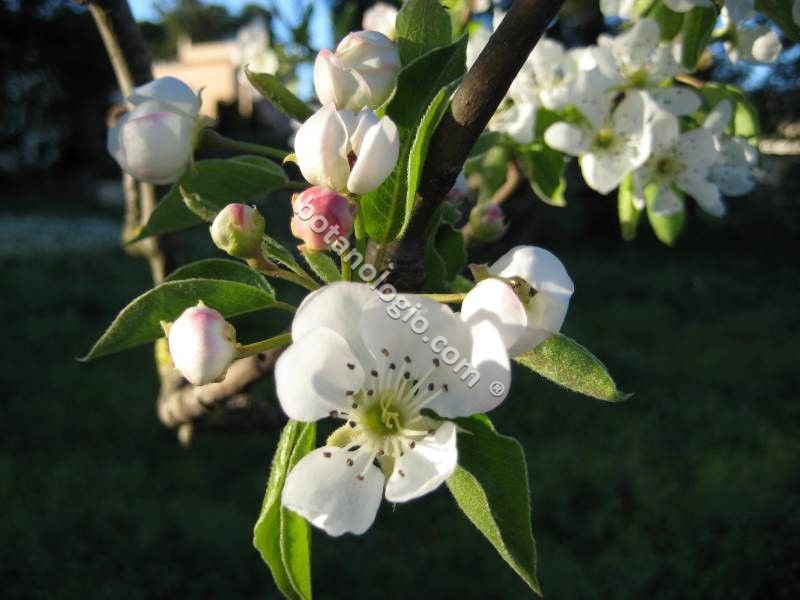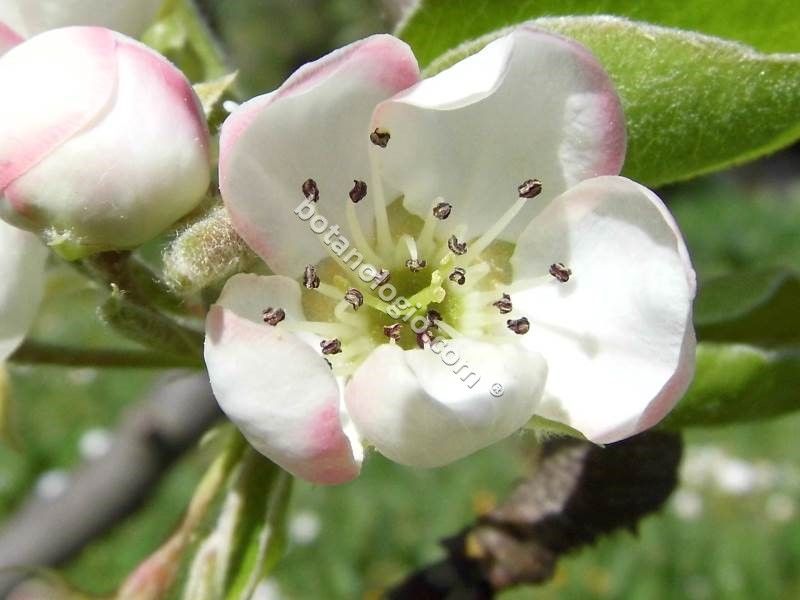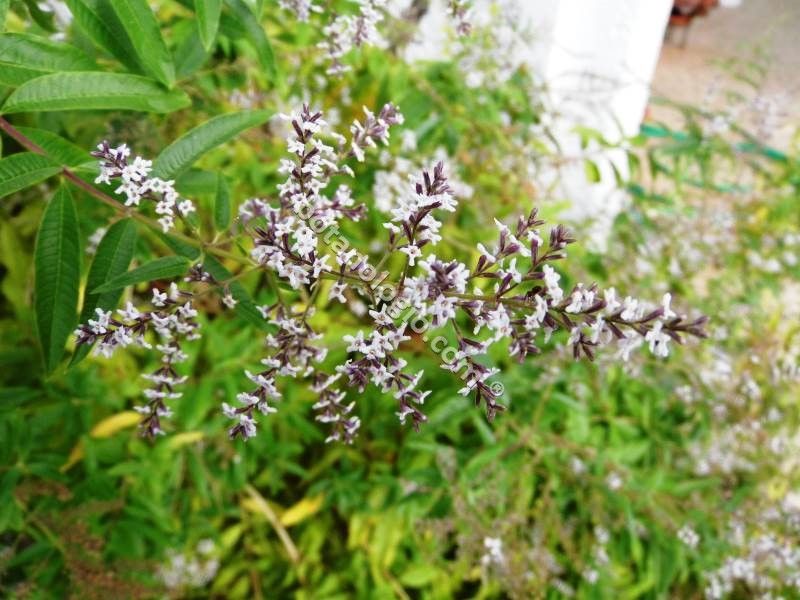Poisonous Plants and Herbs I Part 2

Following the article Poisonous Plants and Herbs part 1 are presented some of the most famous poisonous plants and herbs that can be found in the Greek countryside or even in gardens.
We remind you that there are many ornamental and medicinal plants in the Greek countryside, some of which are poisonous. Poisonous plants are not necessarily bad, mainly because of their many medicinal uses. But it is important to know what they are so that we can protect ourselves. The direct effect on the body makes them different from the healing herbs whose properties take time to show the positive treatment results. As a general rule, poisonous herbs cause diarrhea, vomiting, dizziness and convulsions. In more severe cases they cause shortness of breath, arrhythmias, paralysis and many other symptoms that need immediate treatment.
| Scientific name | Common name | Toxic parts | Symptoms |
| Ferula communis | Φέρουλα η κοινή – νάρθηκας | Whole plant | It is toxic to the body, known since ancient times as a splint for fractures |
| Ficus | Ficus( all species) | Juice | Irritating to skin and eyes, ingestion of juice may result in death. |
| Hedera helix | Ivy | Leaves & fruits | Skin irritation, heartburn, lethargy, convulsions, fever. |
| Hippeastrum | Amaryllis | Bulbs | heartburn and gastroenteritis. |
| Hyacinthus orientalis | Hyacinth | Whole plant | Irritation of the digestive system, mouth and throat. |
| Hydrancea macrophylla | Hortensia | Leaves, buds | Vomiting, diarrhea, rapid breathing |
| Hyoscyamus officinalis | henbane, black henbane or stinking nightshade | Whole plant | Strong thirst, headache, dizziness, hallucinations, anxiety, tachycardia, convulsions, vomiting, hypertension, fever, in high doses causes respiratory paralysis, coma, death. |
| Ilex aquifolium | holly, common holly | Fruit | Vomiting, nausea, diarrhea |
| Iris foetedissima | stinking iris, gladdon, Gladwin iris, roast-beef plant | Mainly the root | Nausea, vomiting, skin irritation. |
| Lantana camara | common lantana | Immature fruits & leaves | Vomiting diarrhea, respiratory exhaustion, dilation of the pupil |
| Ligustrum | privet | Whole plant | Mainly harmful to ruminants, extracts of certain species have antioxidant activity |
| Mandragora autumnalis | Mandrake | Whole plant | hypnotic, analgesic or anesthetic causes CNS suppression |
| Monstera | Monstera | Leaves | Irritation of the mucous membranes, swelling of the lips, tongue and palate |
| Myrtus communis | common myrtle | Whole plant | Nausea, vomiting. |
| Narcissus excertus | narcissus | Bulb, leaves | Nausea, vomiting, diarrhea, dermatitis, death. |
| Nerium oleander | oleander | Whole plant | Nausea, vomiting, stomachache, dizziness, heart arrhythmia, can lead to death. |
| Oxalis | wood sorrels | Whole plant | nausea and vomiting and inflammation of the kidneys. |
| Philodendron scandens | Heart-Leaf | Whole plant | Irritation of the mucous membranes, swelling of the lips, tongue and palate |
| Pilea cadierei | aluminium plant | Whole plant | Its toxicity has not been scientifically determined |
| Polyscias | Aralia | Whole plant | gastrointestinal irritation, nausea, vomiting and diarrhea. |
| Rhododendron | Azalea | Leaves and flowers | Vomiting, paralysis, heart failure. |
| Ricinus communis | castor bean or castor oil plant | Whole plant – mainly the fruits | A seed contains a dose of toxic substances that can kill a child. It is considered the most toxic plant in the world, with the toxic substance ricin. |
| Robinia pseudoacacia | black locust | Leaves and seeds | Nausea, diarrhea, shortness of breath, tachycardia. |
| Sambucus Canadensis | American black elderberry, Canada elderberry | Leaves, shoots, roots | death |
| Sambucus Nigra | elderberry, black elder | Leaves & shoots | Vomiting, chills, headache, coma. |
| Schefflera syn. Brassaia | Ubrella tree | Whole plant | vomiting, loss of balance, and more |
| Solanum pseudocapsicum | Jerusalem cherry | Fruits | heartburn in the mouth and throat, followed by gastric irritation, fever and diarrhea. |
| Solanum tuberosum | Potato | Whole plant | When their storage conditions are not good and it turns green. Vomiting, abdominal pain, diarrhea, headache, less often fever and dehydration. Apathy, drowsiness, confusion, dizziness, hallucinations, tremor, visual disturbances, tachycardia, tachypnea |
| Spathiphyllum | peace lilies | Whole plant | Irritation of the mucous membranes, swelling of the lips, tongue and palate |
| Syngonium | Arrow Head Plant | Whole plant | Irritation of the mucous membranes, swelling of the lips, tongue and palate |
| Taxus baccata | common yew,English yew, European yew | The whole tree except the pericarp | In large quantities, chills, shortness of breath, convulsions, heart failure |
| Wisteria | Wisteria | Whole plant – mainly seeds | Overall serious health problems. |
As we mentioned in the first part, the toxic parts differ from plant to plant as well as their effects on humans. It depends mainly on the age, weight and sensitivity of each organism. Plant toxins can cause dermatitis, allergies and poisoning depending on the use (swallowing or contact). It is important to note that many of the aforementioned plants are used in pharmacy and homeopathy precisely because of the presence of these substances, for their analgesic, anti-inflammatory or special therapeutic action. Finally, remember that they should never be used without the advice and supervision of an expert.
